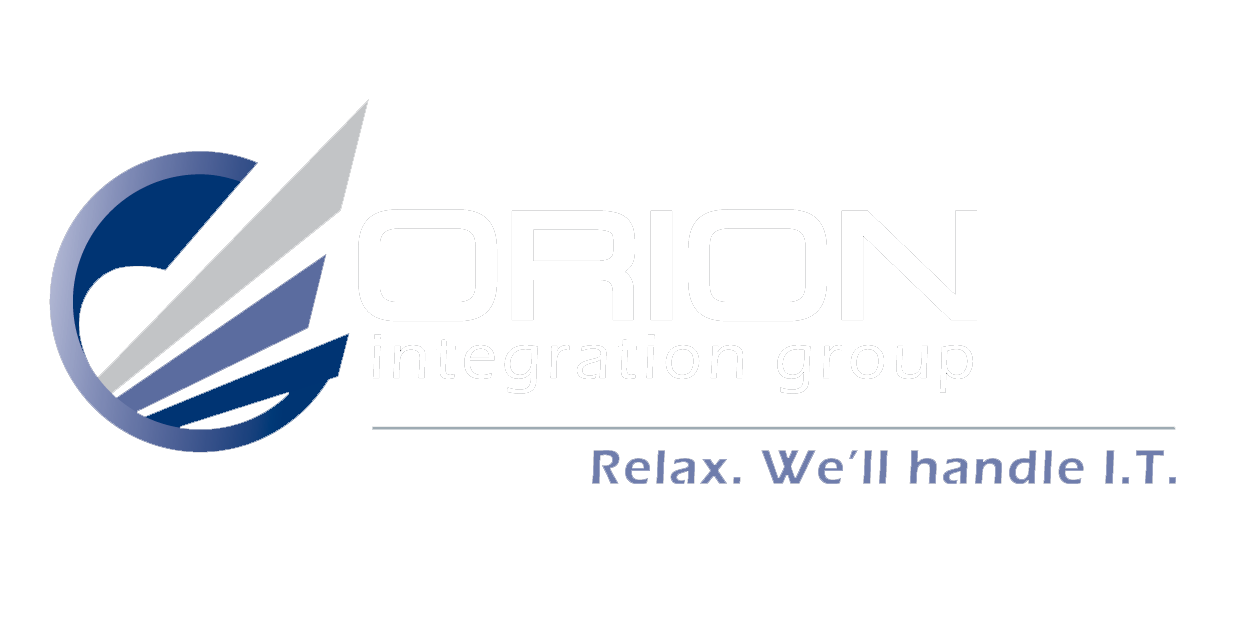The Future of Serverless Computing
As serverless computing continues to evolve, its potential impact on the IT landscape is immense. Emerging technologies such as edge computing and artificial intelligence (AI) are likely to integrate with serverless models, creating new opportunities for innovation. The convergence of these technologies can lead to more intelligent and responsive applications, capable of processing data closer to the source and delivering real-time insights. As businesses strive to remain competitive, embracing these advancements will be crucial for driving digital transformation and achieving operational excellence.
Serverless Computing in the Context of DevOps
The integration of serverless computing within the DevOps framework presents exciting possibilities for streamlining software development and deployment processes. By automating infrastructure management and enabling continuous delivery, serverless models align perfectly with DevOps principles. This synergy allows development teams to focus on writing high-quality code and deploying it rapidly, while operations teams benefit from reduced maintenance burdens. As a result, organizations can achieve faster time-to-market and enhanced collaboration between development and operations, ultimately leading to more innovative and reliable software solutions.
Environmental Impact of Serverless Computing
In addition to its operational and cost benefits, serverless computing also offers environmental advantages. By optimizing resource utilization and reducing the need for physical server infrastructure, serverless models contribute to lower energy consumption and carbon emissions. This aligns with the growing emphasis on sustainable IT practices, as businesses and cloud providers increasingly prioritize environmental responsibility. As the world continues to grapple with climate change, adopting serverless computing can be a meaningful step towards more sustainable technology operations.
The Role of Serverless in Supporting Remote Work
The shift towards remote work, accelerated by the global pandemic, has underscored the importance of flexible and scalable IT solutions. Serverless computing is well-suited to support remote work environments, providing the necessary infrastructure to handle fluctuating workloads and enabling seamless access to applications and data from anywhere. By facilitating remote collaboration and ensuring business continuity, serverless models empower organizations to adapt to changing work dynamics and maintain productivity in a distributed workforce.
Community and Open Source Contributions to Serverless
The serverless computing community is vibrant and continually growing, with developers and organizations contributing to open-source projects and sharing best practices. This collaborative ecosystem fosters innovation and accelerates the adoption of serverless technologies. Open-source frameworks and tools, such as the Serverless Framework and AWS SAM (Serverless Application Model), provide developers with the resources needed to build and deploy serverless applications efficiently. By participating in this community, businesses can leverage shared knowledge and resources to enhance their serverless strategies and drive successful implementations.
In summary, the
expansion of serverless computing is reshaping the IT services landscape, offering a multitude of benefits while also presenting challenges that must be addressed. By understanding its impact and potential, businesses can strategically leverage serverless models to achieve greater agility, cost efficiency, and innovation in their operations.











